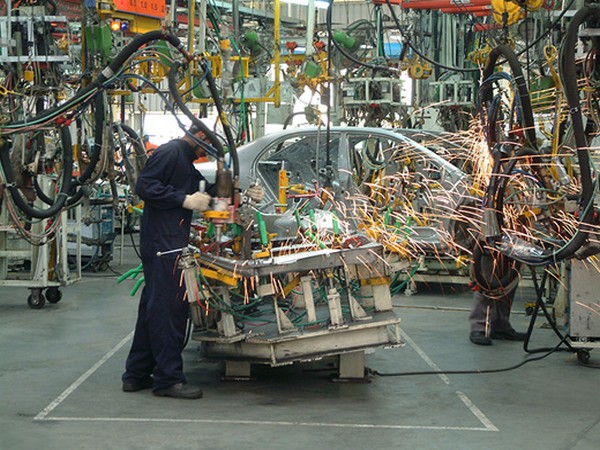Make in India, an initiative introduced by Prime Minister Narendra Modi in 2014, celebrates its 10th year of revolutionizing India’s manufacturing landscape. The program aimed to establish India as a global manufacturing hub, attract investments, encourage innovation, and create job opportunities. The success of Make in India is evident in the growth of India’s manufacturing sector, which has increased from contributing 16% to GDP in 2014 to over 17% in 2024. The country is steadily working towards achieving a manufacturing GDP percentage of 25% by 2030 through policy reforms and strategic initiatives.
One of the key milestones of Make in India has been the surge in foreign direct investment (FDI) over the last decade, amounting to $667.410 billion between April 2014 and March 2024. This influx of FDI has made India a favorable destination for foreign investors across various industries. The initiative has also led to significant job creation, with around 170 million jobs added between 2016-17 and 2022-23. The government’s efforts to enhance the ease of doing business have further attracted international corporations to set up manufacturing facilities in India.
The industrial landscape of India has undergone a transformation with Make in India, particularly in sectors such as MSMEs and defense manufacturing. The MSME Sector, often considered the backbone of the Indian economy, has witnessed growth through programs like the Udyam site that has seen over 4.7 crore registrations. Defense manufacturing has also seen a shift from import reliance to export leadership, with defense exports reaching ₹21,083 crore in FY2024. Additionally, the Production Linked Incentive (PLI) Scheme has become a crucial component of India’s industrial policy, attracting large-scale investments in critical sectors.
The Make in India initiative has also spurred innovation and technological advancement in the manufacturing industry. India is now recognized as a leader in digital manufacturing, with a majority of Indian enterprises implementing Industry 4.0 technologies by 2023. The government has implemented programs such as the Digital India Program and the Startup India initiative to foster innovation and entrepreneurship in the manufacturing sector. Such initiatives have propelled India towards becoming a global hub for manufacturing in various sectors, including electronics, automobiles, and pharmaceuticals.
In conclusion, Make in India has been a transformative initiative that has reshaped India’s industrial landscape, attracting investments, fostering job creation, and driving innovation. India’s rise as a global manufacturing hub is evident in the significant growth of its manufacturing sector and the influx of foreign investments. Through strategic policies and initiatives, India is poised to achieve its goal of increasing the manufacturing GDP percentage to 25% by 2030. The success of Make in India highlights India’s growing stature as a preferred destination for manufacturing and investment globally, setting the stage for continued growth and competitiveness in the coming years.











